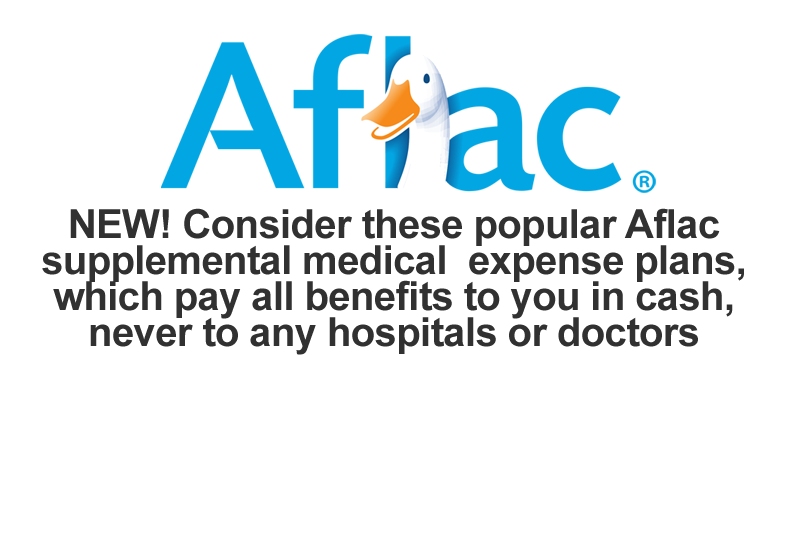 In a national survey of nearly 1,200 employees, the Consumer Federation of America and Unum learned that workers know little about group disability insurance, even important characteristics of what coverage they may have—but when given information about this financial protection benefit, nine out of 10 employees said they want this coverage and would pay for it.
In a national survey of nearly 1,200 employees, the Consumer Federation of America and Unum learned that workers know little about group disability insurance, even important characteristics of what coverage they may have—but when given information about this financial protection benefit, nine out of 10 employees said they want this coverage and would pay for it.
In the CFA-Unum survey, only 13 percent of all employees said they know “a lot” about disability insurance, and less than half said they have coverage and know how much it costs (41 percent) or what its benefits are (47 percent). When given information about disability insurance, a very large majority (90 percent) said they want this coverage, and nearly as many (86 percent) said that, if required, they would pay half of a $30 monthly premium, with more than half (56 percent) saying they would pay all of this premium, to gain income protection.
“Almost all workers wisely want disability insurance protection and are willing to help pay for it,” Stephen Brobeck, CFA’s executive director, said in a statement. “But since only about one-third have long-term disability insurance, there is a huge gap between worker desire for coverage and the extent of actual coverage.”
Group disability insurance provides financial protection to employees unable to work because of injury or illness. Depending on the specific plan, within one week to six months after an employee stops working, he or she begins receiving payments equal to about 60 percent of his or her income. About one-third of workers are protected by long-term disability insurance, whose monthly premiums – paid for by the employer, employee, or some combination – usually range between $10 and $30.
Employer-sponsored disability insurance provides income protection that is not available from workers’ compensation or Social Security Disability Insurance. Workers’ comp is available only to those employees who are injured or made ill on the job, but the large majority of injuries and illnesses causing work loss are suffered away from work. Social Security Disability Insurance benefits average $13,000 a year.
“The ability to earn a living – our income – is the most valuable asset we have, and protecting that asset is increasingly important,” Thomas R. Watjen, president and CEO of Unum, said in a statement. “A disabling illness or injury can cause real financial hardship for many individuals and their families, and disability insurance creates a backstop against significant income loss during the period of absence, recovery and return to work.”
The high value employees place on the availability of disability insurance, and their personal desire for insurance coverage, certainly reflect the fact that most workers said they would suffer financial hardship if not able to work. More than three-quarters of all employees (77 percent) said they would suffer great or moderate financial hardship if they did not work for three months because of injury or illness, with half (50 percent) indicating great hardship. And more than three-quarters (78 percent) said they would experience great financial hardship if they did not work for 12 months.
Lower-income workers are much less likely to have access to disability insurance coverage, but are more likely to want this coverage, than are upper-income workers.
Fewer than half (46 percent) of employees with household incomes under $25,000, but 80 percent of those with household incomes of $100,000 or more, said that their employer offers disability insurance. Yet, 72 percent of the lower-income group, but only 51 percent of the upper-income group, said that it is very important to them personally to have this insurance coverage. Lower-income workers are nearly as willing as higher- income workers to pay for this coverage.
“As an employer, I consider group disability insurance to provide important income protection for our employees,” Brobeck said. “This insurance complements and supplements better-known workers’ compensation and Social Security Disability Insurance programs. The Consumer Federation of America believes that consumers, most of whom rely on wages and salaries for purchasing power, would be well-served if all employers offered employees the opportunity to purchase disability insurance.”
Additional highlights of the CFA-Unum survey include:
Employees don’t understand the reasons for disability that result in time away from work, underestimate the extent to which workers will miss work, and know little about group disability insurance, including the coverage they may currently have.
Nearly twice as many employees think that injuries (66 percent), not illnesses (34 percent), keep employees from work for at least three months, but the large majority of all disability claims paid are for illnesses and health conditions.
Employees think that 25 percent of those who become disabled and are unable to work for at least three months remain disabled for at least two years. But in actuality, it’s twice that. Half of the disabled workers who are out of work for three months remain disabled for more than two years.
Only 13 percent of employees said they know “a lot” about group disability insurance, while just over one-third (35 percent) said they know only “a little.” More than half (52 percent) said they know “not very much” or “nothing at all.”
Among employees who think they are covered, fewer than half said they know how much it costs (41 percent) or what the benefits are (47 percent), and little more than three-fifths (63 percent) said they know whether they “pay any or all of the monthly payments.”
Because employees strongly support the value of group disability insurance for all employees and for themselves personally, it is not surprising that they support policies to increase its availability and quality.
More than three-quarters of employees (76 percent) said it is a good idea for employers to automatically enroll employees in a disability insurance program that these employees could decline only at the outset and annually thereafter.
When employees are informed that small employers are least likely to offer disability insurance, a large majority (71 percent) favor “the federal government providing these employers a one-time tax incentive to help them create a group disability insurance option.”
More than three-quarters (77 percent) favor the creation of “independent standards that were used to evaluate individual employer plans.” Despite the ambiguity of the question – what are the standards and who creates and enforces them? – most employees said these standards are a good idea.












